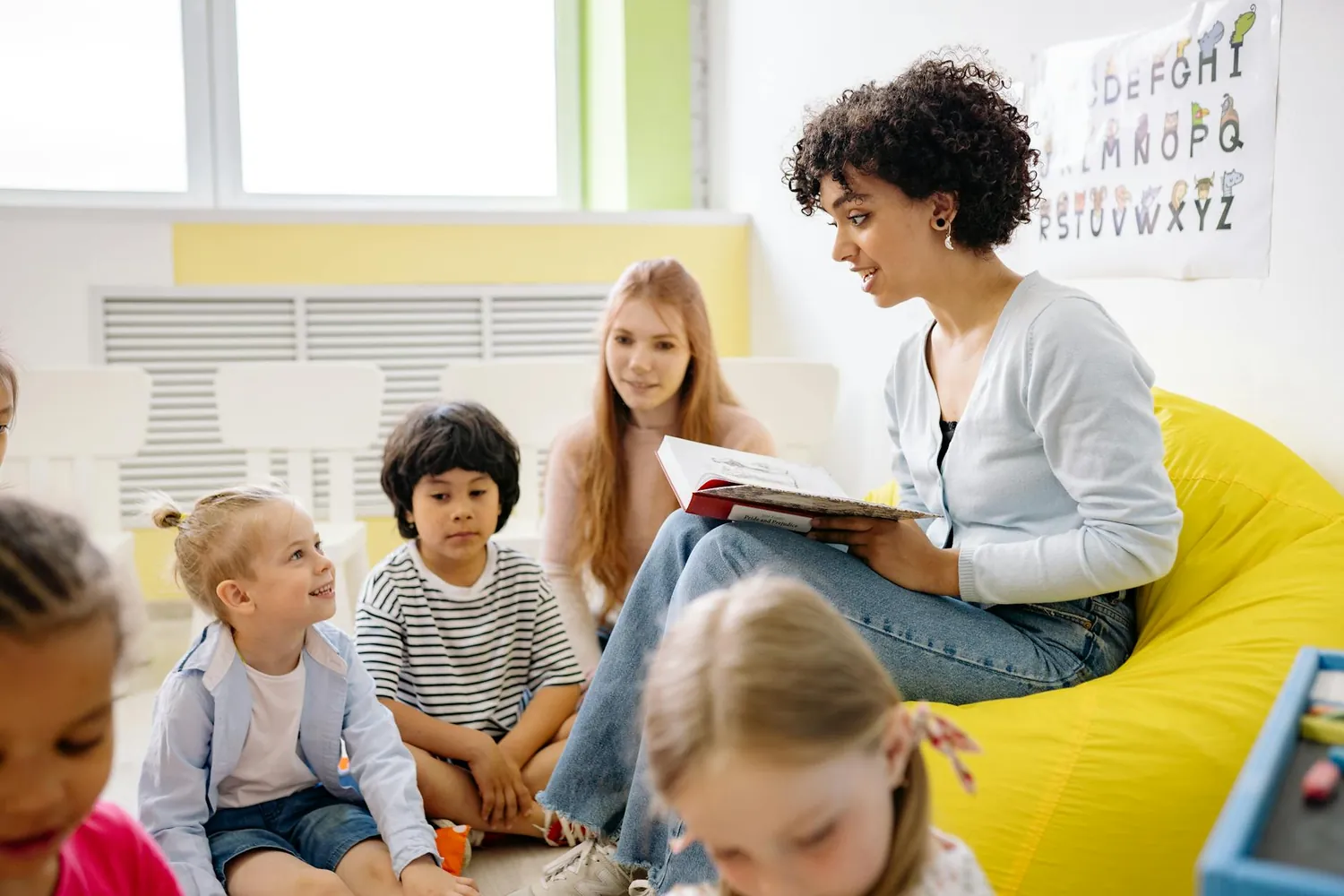Engaging Students with Compelling Stories During History Lessons

The Power of Storytelling in History Education
History lessons often struggle to captivate students because of their perceived detachment from the present. By incorporating storytelling techniques, teachers can transform these lessons into immersive experiences that resonate with students on an emotional level. The art of storytelling not only makes historical events more relatable but also enhances retention and understanding.
The Neuroscience Behind Storytelling
Research in educational psychology suggests that storytelling activates multiple areas of the brain. When students listen to a story, they engage their language processing centers, as well as sensory and motor cortexes if the story is particularly vivid. This engagement creates neural pathways that link the events to emotions, aiding in memory retention.
In practical terms, stories create emotional connections that pure data cannot. A compelling narrative about a historical figure's struggles and triumphs can turn dry facts into living memories that resonate with the personal experiences of students.
Crafting Compelling Historical Narratives
Identifying Key Elements of Stories
The structure of a good story typically includes several key elements: a relatable protagonist, a setting, a conflict, a climax, and a resolution. In history lessons, these elements translate into:
- Relatable Protagonist: Historical figures or ordinary people whose lives were impacted by historical events.
- Setting: The geographical and temporal context which gives life to the event.
- Conflict: The challenges faced by individuals or societies that drive historical change.
- Climax: The turning point or key moment of the historical event.
- Resolution: The outcomes and consequences that follow, connecting past to present.
Example: The Story of Rosa Parks
Consider the example of Rosa Parks and the Montgomery Bus Boycott. Instead of listing dates and outcomes, tell the story from Parks' perspective: her daily life, the decision she made one evening, the immediate aftermath, and how her single act led to widespread social change. Highlight her courage as a relatable element for students who may face their own battles for justice or equality.
Practical Techniques for Storytelling in History Classrooms
Integrating Visual and Auditory Aids
Using multimedia tools can enhance storytelling by appealing to different learning styles. Visual aids like maps, photographs, or short video clips can provide context and make stories more tangible. Audio recordings of speeches or soundscapes can immerse students in the atmosphere of the era.
For example, while teaching about World War II, a teacher might use newsreel footage combined with personal letters from soldiers to create a vivid tableau of life during wartime.
Interactive Storytelling Activities
Engage students by having them participate in role-playing activities where they adopt personas from different historical periods. This approach encourages empathy and deeper understanding as students 'live' the experiences they are learning about.
A classroom simulation of the Constitutional Convention where students take on the roles of Founding Fathers can help them understand not just the historical facts but also the complex motivations and compromises involved in crafting the U.S. Constitution.
Evaluating the Impact of Storytelling on Learning Outcomes
Measuring Engagement and Understanding
Traditional assessments may not fully capture the impact of storytelling techniques on learning. Teachers can use formative assessments such as journals, presentations, or creative projects to measure how well students understand and connect with the material.
For example, ask students to write a diary entry as if they were a historical figure, reflecting on a major event. This exercise reveals their comprehension and personal connection to history.
Addressing Challenges and Trade-offs
Storytelling can be time-consuming and may require teachers to shift away from a strict curriculum focus to allow exploration of narratives. Balancing this need with curricular requirements is essential.
Moreover, care must be taken to ensure accuracy and avoid oversimplification or bias in narratives. It’s crucial to present multiple perspectives when possible to provide a balanced view of historical events.
Conclusion: Embracing Stories for a Richer History Education
The integration of storytelling into history education offers a pathway to making history both engaging and meaningful. By drawing connections between past events and contemporary issues through compelling narratives, educators can inspire students to see history not just as a series of dates but as a tapestry of human experience that continues to influence their world today.




